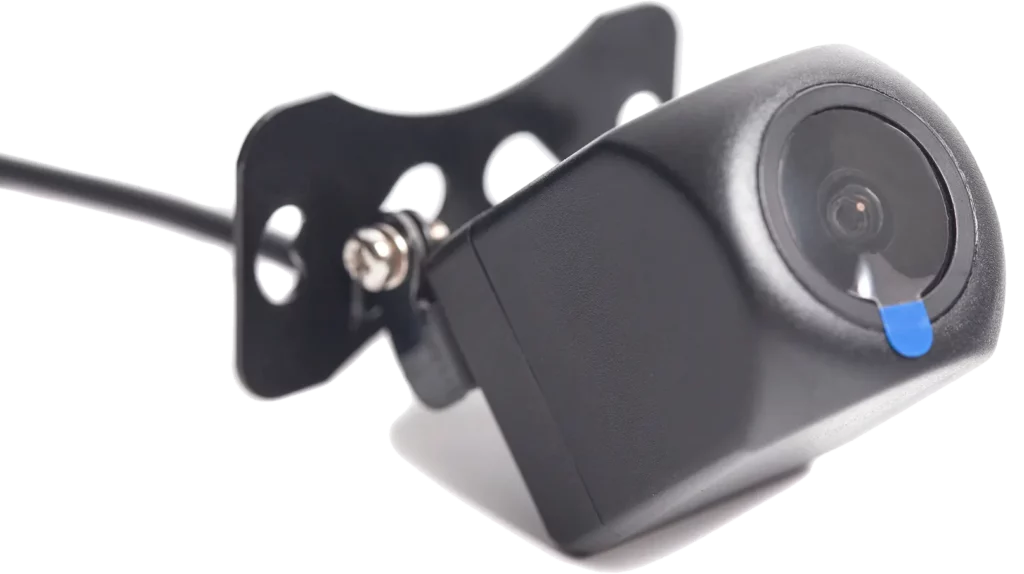We recommend getting one with a looping feature so that it automatically records over old footage which is no longer needed. With a looping feature, you don’t have to delete footage manually. Image quality is critical — your dash cam should record in 2560 x 1080 — anything less than 1080 isn’t going to give you the quality you need.
Another option is a dash cam that has a G-force sensor which will detect if you’ve been in an accident and can save that footage rather than looping over it.
It should also be able to record nighttime footage. You can also add in motion sensors to detect and record break-ins and most importantly, a battery backup.

Back up sensors to add another safety layer.
To provide even more safety systems for your car, consider adding a back up sensor. It works in tandem with a backup camera system. Even if you aren’t looking at the rearview monitor, you’ll receive an audible warning.
How does a backup sensor work?
How does a backup sensor work?
These sensors use high-frequency sound to detect obstacles. Typically, they are powered off your reverse lights. The more sensors your system has, the more information it can provide about your surroundings and the higher the accuracy